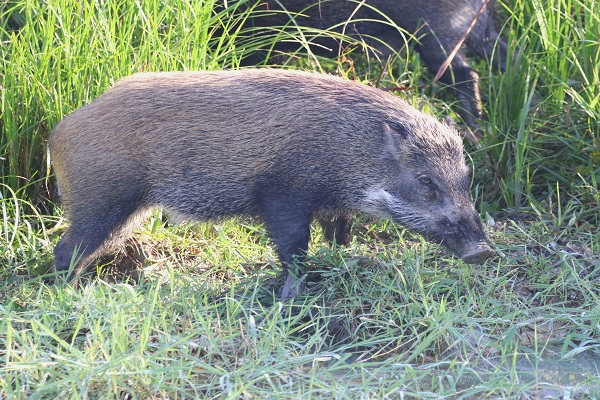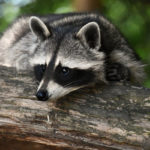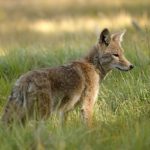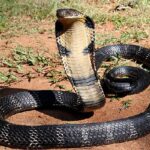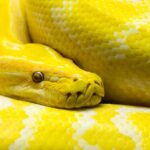
- Brian Moss (President)
- AAAC Wildlife Removal
11/28/2022 Total words : 1183
How Long Do boars Live?
Two primary environments serve as homes for all existing animals, in the wild and the urban areas, domesticated by humans. While animals in the wild may freely roam at their will in suburban and urban areas, the wild remains their natural habitat where they thrive on living. One family in the kingdom, Animalia, has members living in the wild and domestic areas along with humans. They are Sus Scrofa or what we commonly call hogs. Now, how do these animals differ? One of the significant differences aside from diet is their lifespan. Wild animals tend to have shorter lifespans than those domestic animals. How so? This is because factors such as disease exposure, food availability, and predation play their part. Let's look at the lifespan of feral pigs in the wild and captivity. How long do hogs live in captivity? The lifespan of hogs or pigs in captivity is much longer than in the wild. The average lifespan of domestic pigs is about 15 years. However, there have been cases where hogs have lived up to 20 years in captivity. In captivity, food and water sources are abundant, and veterinarians are available to them when they fall ill. Also, they have no exposure to the same predators as in the wild. All these factors play a role in extending the lifespan of a domestic pig. How long do hogs live in the wild? In the wild, however, the average lifespan of a hog is only about 4-10 years. Predation is the main factor contributing to the shorter lifespan of hogs in the wild. Hogs are preyed upon by a variety of animals, including humans. A wild pig will tend to live shorter than a pet pig. This is because they are considered an invasive species. So, massive hunting to control wild pig populations is also being organized. Factors that affect the lifespan of the boars Several factors affect the lifespan of boars. The first factor is food availability. In the wild, hogs have to compete with other animals for food. This competition can lead to starvation and, ultimately, death. On the other hand, domesticated pigs are typically fed by their owners and have a constant food supply. Another factor that affects the lifespan of hogs is disease exposure. Hogs in captivity are typically vaccinated against various diseases. However, hogs in the wild are not vaccinated and are exposed to multiple illnesses or conditions. This can lead to sickness and death. The final factor that affects the lifespan of hogs is predation. Hogs in the wild are constantly at risk of being preyed upon by other animals. This predation can lead to death. On the other hand, hogs in captivity are not typically preyed upon and are, therefore, at a lower risk of dying from predation. What do wild boars look like? All hogs are members of the family Suidae, but there are many different types of hogs. The most common hog in North America is the domestic hog, typically used for food. However, wild hogs can also be found in woods and forests across the continent. Wild hogs are typically giant than domestic hogs. They have long legs and necks, and their bodies are covered in coarse hair. The hair is generally black but can also be brown or red. Wild hogs also have tusks or hooves for self-defense and digging. Wild hogs are accompanied by a weight of around 250 pounds or more. The females are smaller in size in comparison to the males. The length of their body is between 2 and 5 feet. Hogs are considered pests by farmers. This is because they often dig up crops and eat the plants. They continuously create burrows and wallows, destroying the water quality and causing soil erosion. Wild Boars: Quick Discussion The wild boar breeds during the fall season. After a gestation period of 114 days, 2-12 piglets are born. The young ones are cared for by the whole sounder, a group of closely related females with offspring. Newborn piglets are brown or reddish with yellow stripes running along their backs and sides. These stripes help the piglets to stay. Together as a group and follow their mother while foraging. The stripes also help the piglets to camouflage themselves from predators. The young piglets are weaned at 3-4 months old but stay with the sounder until they are around 18 months old. After that, they leave the group to find their territory. Male pigs leave the sounder sooner than females. Hogs can threaten your health. They are known to carry diseases and parasites. Some conditions can be transmitted to humans, including swine flu and salmonella. They are omnivores. Their wild diet consists of roots, nuts, fruits, insects, small mammals, and carrion. In captive life, hogs are typically fed a diet of grains, hay, and vegetables. Hogs are intelligent animals and have been known to use tools. They have also been known to open gates and fences. In history, hogs were introduced during the 1500s by Spanish explorers. Since then, they have multiplied their number and have been an invasive species in the present. Hogs are social animals and live in groups called sounders. A male hog is called a boar, and a female hog is called a sow. These sows tend to be shorter than those boars. A baby hog is called a piglet. Need help with Wild Boars? Hogs can access your home and will take the chance to cause damage. If this occurs, AAAC Wildlife Removal has the best men to rescue you from wild boar damage. We will safely remove the animal from your property and ensure it is not causing further damage. Our experts are well-trained and have years of experience dealing with such cases. If you also need other pest control needs, such as raccoon infestation, skunk infestation, and other unwelcome guests, you can count on us! Contact us today to get started! Final Thoughts In conclusion, wild animals typically have shorter lifespans than domestic animals. This is due to disease exposure, food availability, and predation. Hogs are no exception to this rule. Hogs in the wild typically live for 4-10 years, while pet pigs, farm pigs, or livestock pigs age at least 15 years or more. This is the reality for most animals in the wild. They must constantly worry about things threatening their population, like wild boar populations. While this may help control invasive such as feral hogs, it can be detrimental and harmful for other endangered animals. Worst-case scenario, it will lead to their extinction. FAQs How many babies can female pigs have? Pigs can have litters of anywhere from two to twelve piglets, though the average is six. The gestation period for pigs is around 114 days. What is the largest wild pig ever captured? In the present, several wild pigs take notable spots with their size. The species include the Eurasian wild boar, Ussuri wild boar, and the Russian wild boar. But, as listed in the Guinness Book of World Records, the largest was the Kubanochoerus gigas. The species was known to weigh between 800 and 970 kg.







